6 Modern Electric Cars Destined to Be Classics
Though engineered with efficiency as their foremost goal, some electrics have appeal that could endure for decades.
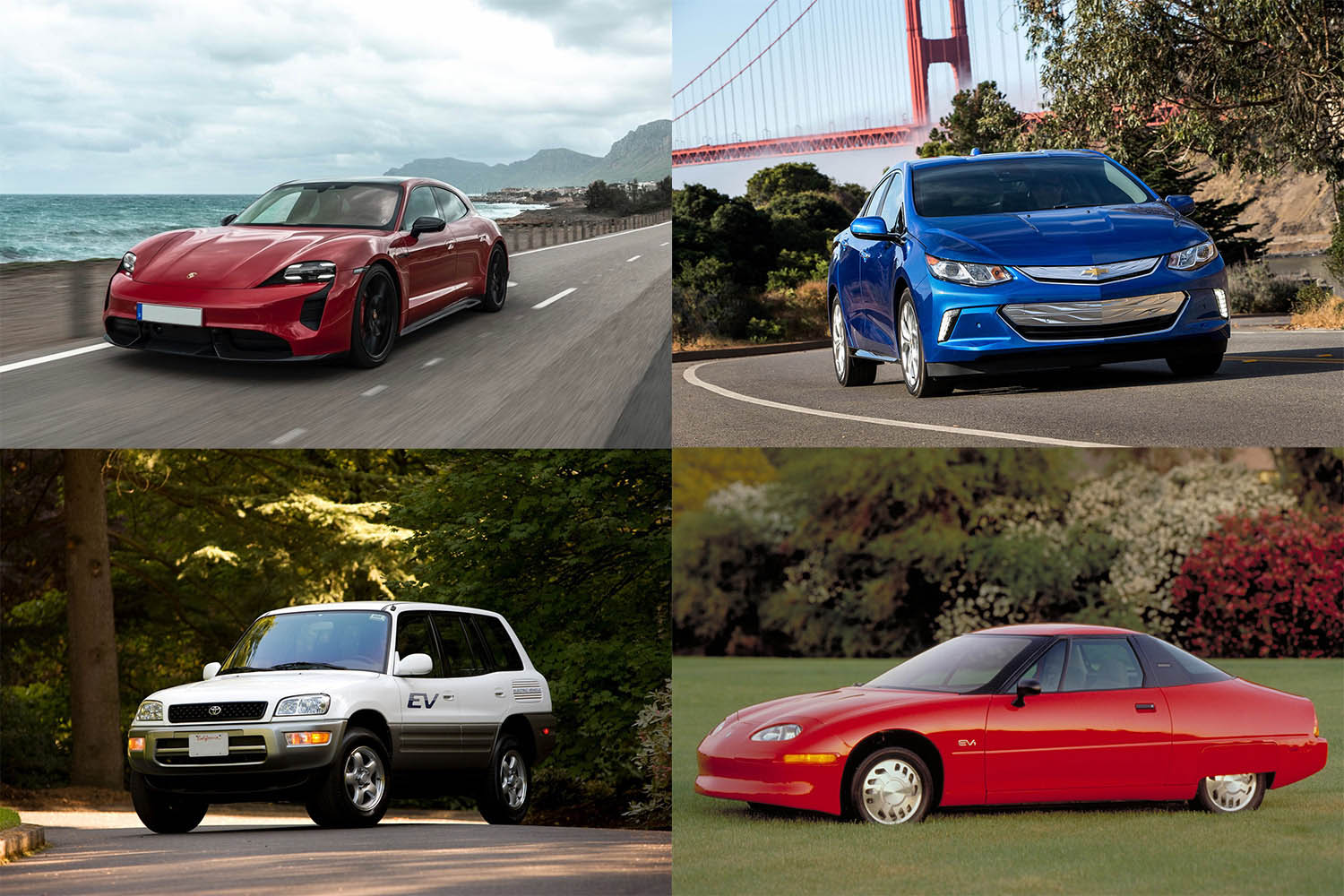 Photos by multiple manufacturers
Photos by multiple manufacturers
Is it possible that today’s electric cars will one day be celebrated as classics? Experts usually reserve that status for cars that display timeless design or remarkable elegance, standouts like a 1920s Packard or Duesenberg. Among later models, it may be Ford’s Continental Mark II of the mid-'50s; to a Gen Y collector, it could be a rare Japanese performance model from the 1980s.
EVs from the earliest part of the 20th century are already collectible. Civilized compared with gasoline cars of the era,
As gasoline power became dominant in the early 1900s, EVs faded as a force in the market. Modern electric cars have reversed that trend with sleek styling—honed for aerodynamics—and technical innovations that make them highly desirable.
Here’s a list of EVs likely to be seen in coming decades as classics of the breed.
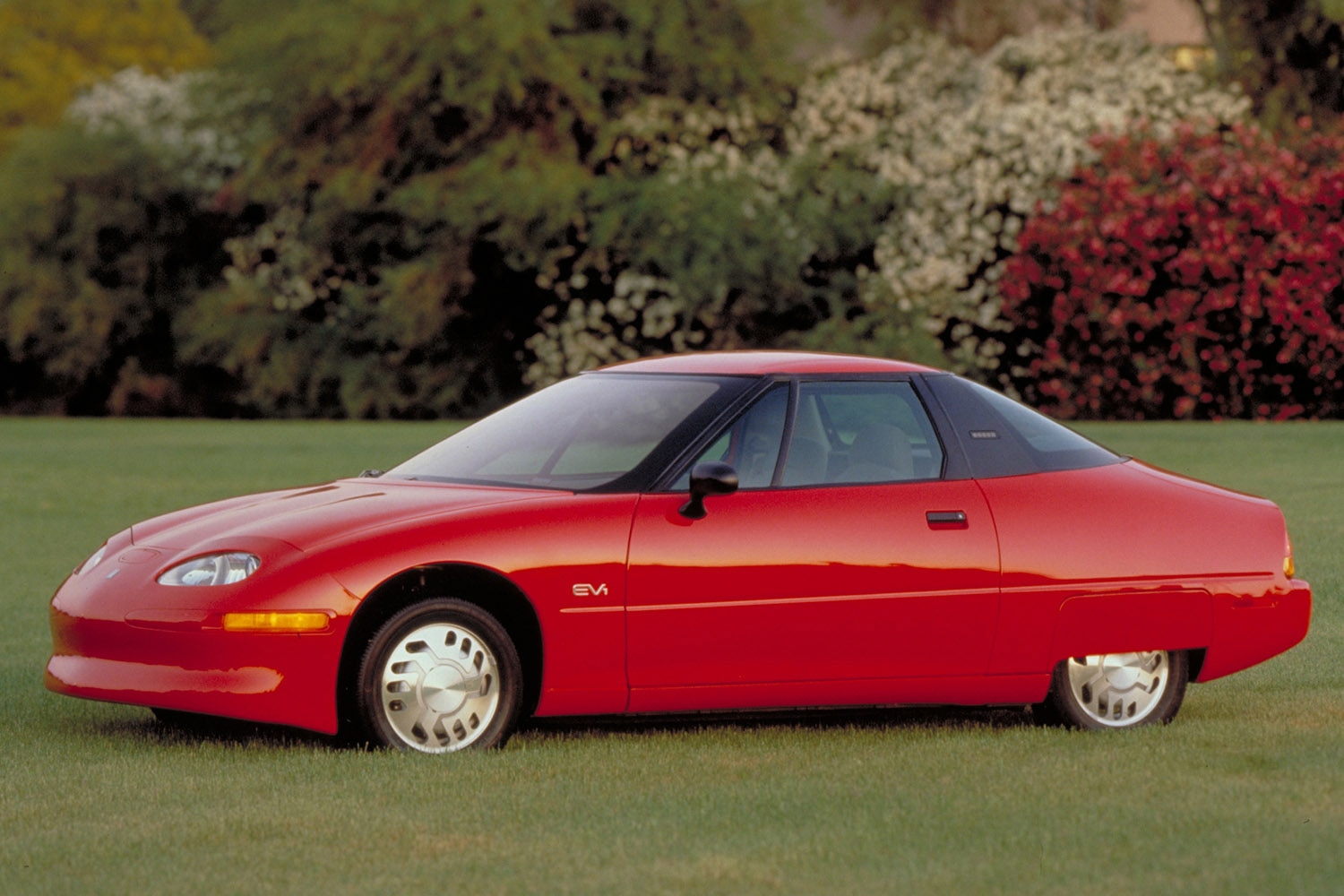 General Motors
General Motors
1997-1999 GM EV1
The EV1 can rightfully be considered the granddaddy of today’s mass-market electric cars. An extremely aerodynamic two-seater conceived to satisfy California's zero-emission vehicle requirement, it was capable of running at highway speeds for 70 to 100 miles in its first generation. The first car ever marketed under the “GM” brand, it was distributed through Saturn dealers. They were adored by the hundreds of EV advocates, celebrities, and Californians who leased them.
When auto-industry lobbyists successfully prevailed on California to change its regulations, arguing the cars weren’t ready for prime time and cost far too much, GM took back the EV1s and crushed them. And it was caught on video doing so, as portrayed in the documentary, “
GM spared only about 40 EV1s from the crusher, offering them to museums and colleges after removing a crucial electrical component. The loan agreement specified that they were not to be put back on the road. The Smithsonian Institution has the
You’re unlikely to find one for sale, but if some university or museum ever decides to offload its EV1, grab it.
 Toyota
Toyota
1997-2003 Toyota RAV4 EV
Under the same regulations that spawned the EV1, Toyota converted a few hundred first-generation RAV4 small SUVs to battery-electric power. The RAV4 EV used nickel-metal-hydride batteries, which were more energy-dense than the EV1’s lead-acid batteries. The more practical four-seat, four-door RAV4 EV received an EPA range rating of 95 miles.
Only 328 were built, but unlike GM, Toyota offered them for sale to the public in 2002, and they occasionally appear for sale today. Parts availability is challenging, but there's a strong owners' community — and the first of two generations of RAV4 EV
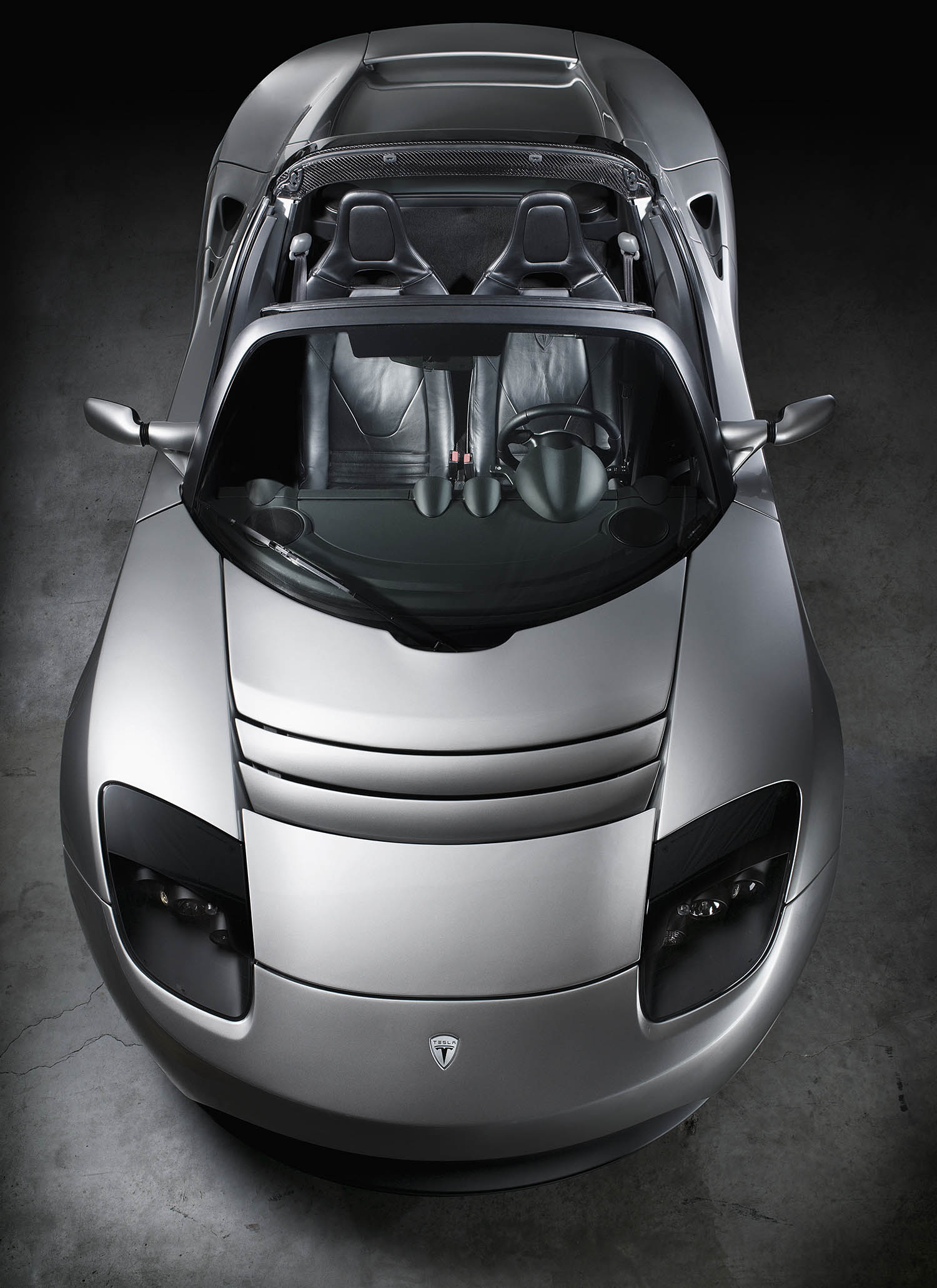 Getty Images
Getty Images
2008-2011 Tesla Roadster
The Tesla Roadster was the vehicle that proved electric cars could be not only emissions-free, but also sexy and startlingly quick. Intended as a proof-of-concept for Tesla's idea that thousands of small lithium-ion batteries could power a vehicle, the two-seat Roadster was based on Lotus underpinnings and built by that company in England.
Only 2,600 were made, with various changes and performance increases throughout the run. For a while, Tesla offered a replacement battery pack to Roadster owners that increased the range from the original 245 miles to more than 300.
Roadsters are already highly prized, and they seem likely to hold their value and perhaps increase further. What’s more, no one who's driven one is likely to forget the experience.
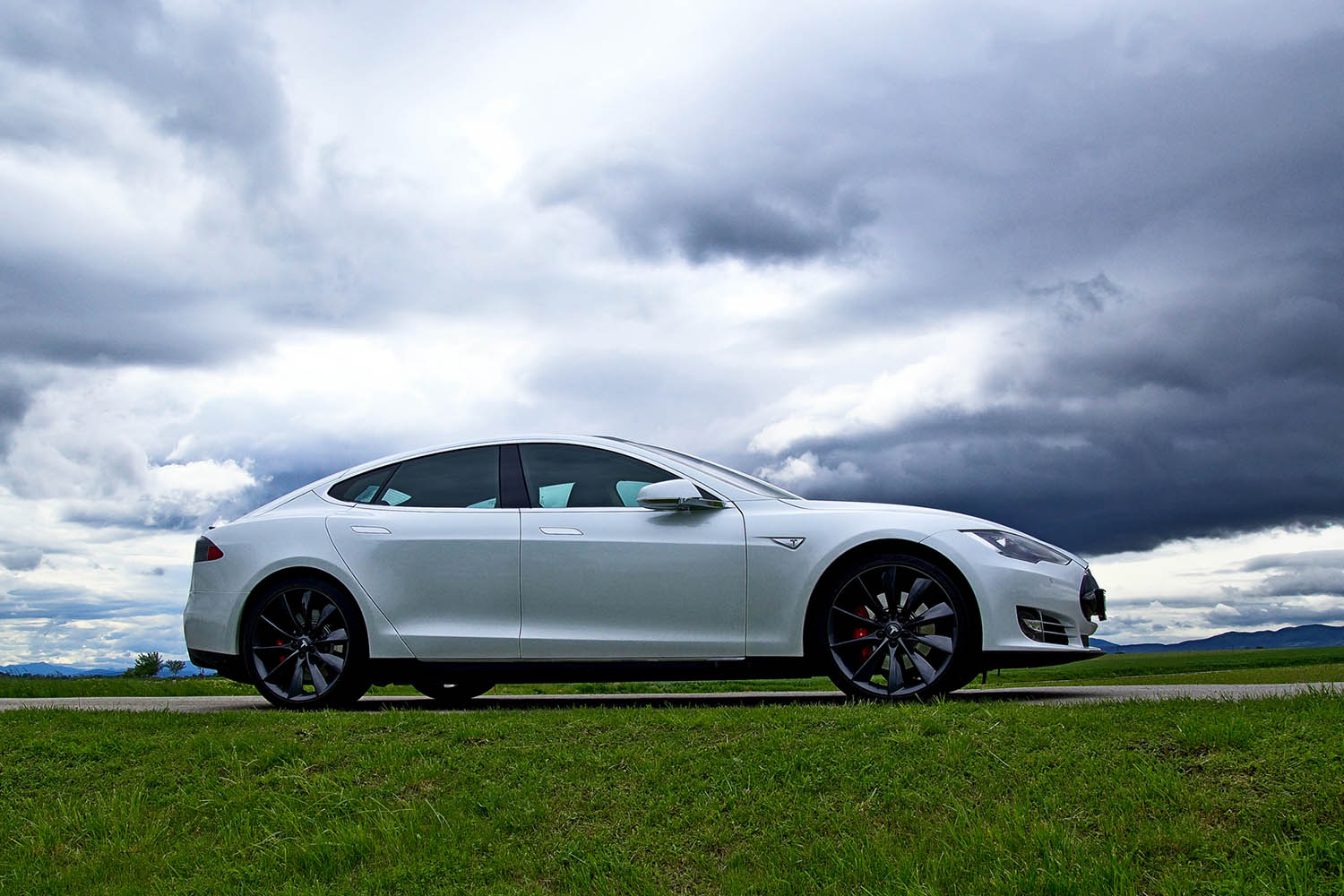 Getty Images
Getty Images
2012-2015 Tesla Model S
If the Tesla Roadster proved that EVs were no longer nerdy golf carts for earnest environmentalists, the Model S sedan, introduced in 2012, made electric travel across the U.S. not only practical, but also comfortable and thrilling. It carries four people commodiously, and its highest-performance versions are capable of blistering acceleration. The Model S will be remembered as the EV that kicked the global auto industry in the backside and forced it to admit that electric cars could be both practical and desirable.
Tesla frequently changes the technical specs of its cars whenever an update is ready, so model years carry minimal meaning. Look for a low-mileage Model S from the first few years of production, before the front styling changed in April, 2016 to eliminate the black oval that simulated a grille. Early-car bonus: Some Model S Teslas will come with free lifetime charging on the company’s reliable and ubiquitous Supercharging network.
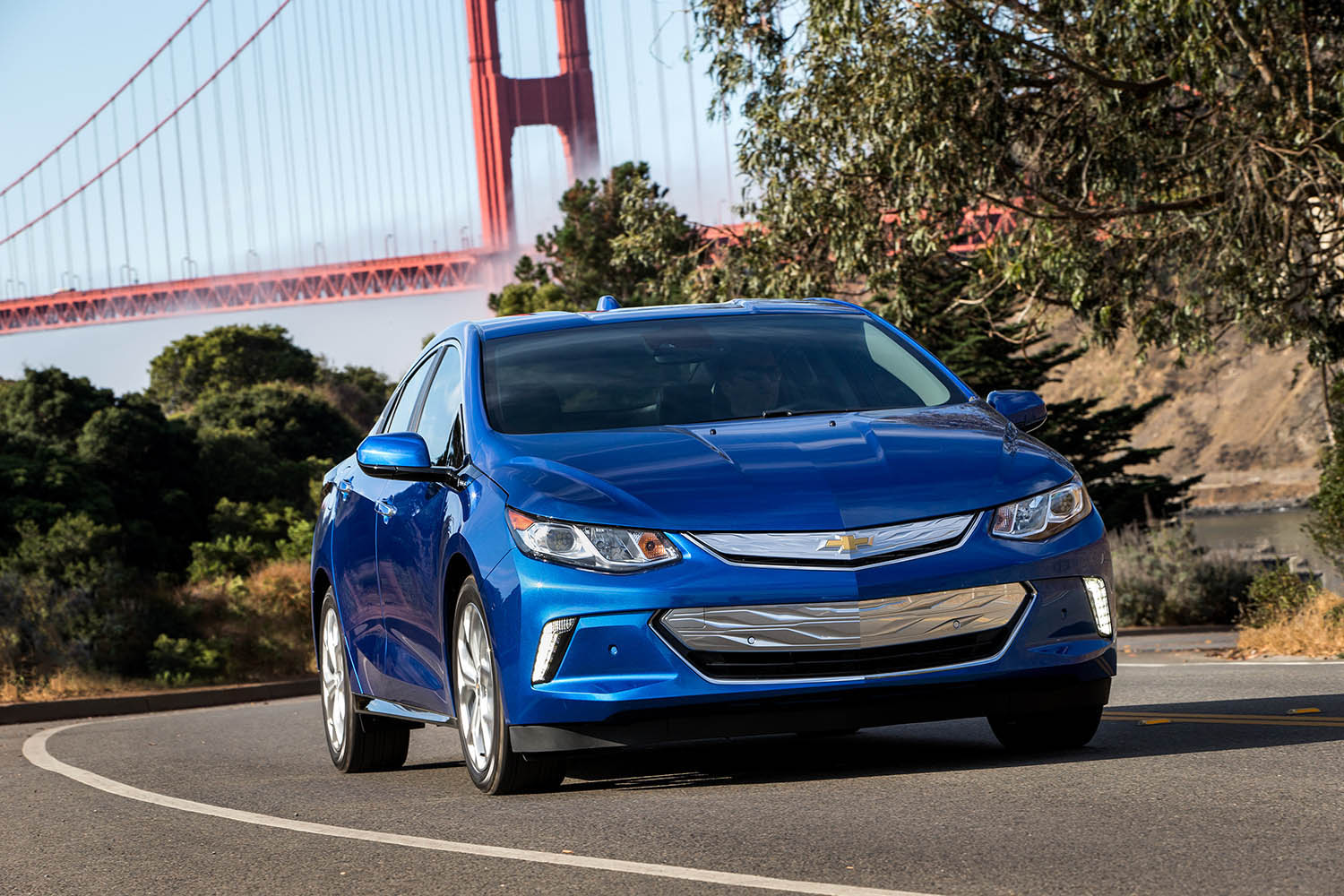 Chevrolet
Chevrolet
2016-2019 Chevrolet Volt
Plug-in hybrids are costly to build because they have not only battery packs to let them operate as limited-range EVs, but also combustion engines for longer trips. The first-generation Chevy Volt arrived in December, 2010, the same month as the fully electric, 73-mile-range, 2011 Nissan Leaf.
GM presented the Volt as the EV without range anxiety, its 35 miles of all-electric travel backed up by the gasoline engine. Volt owners who plugged in regularly could go weeks or months without the engine switching on.
The best pick is the second-generation Volt, with sleeker styling, more conventional interior controls, and an EPA-rated 53 miles of range. A Volt makes for a daily driver without drawbacks; it offers all the benefits of an EV, without the range anxiety, and it’s
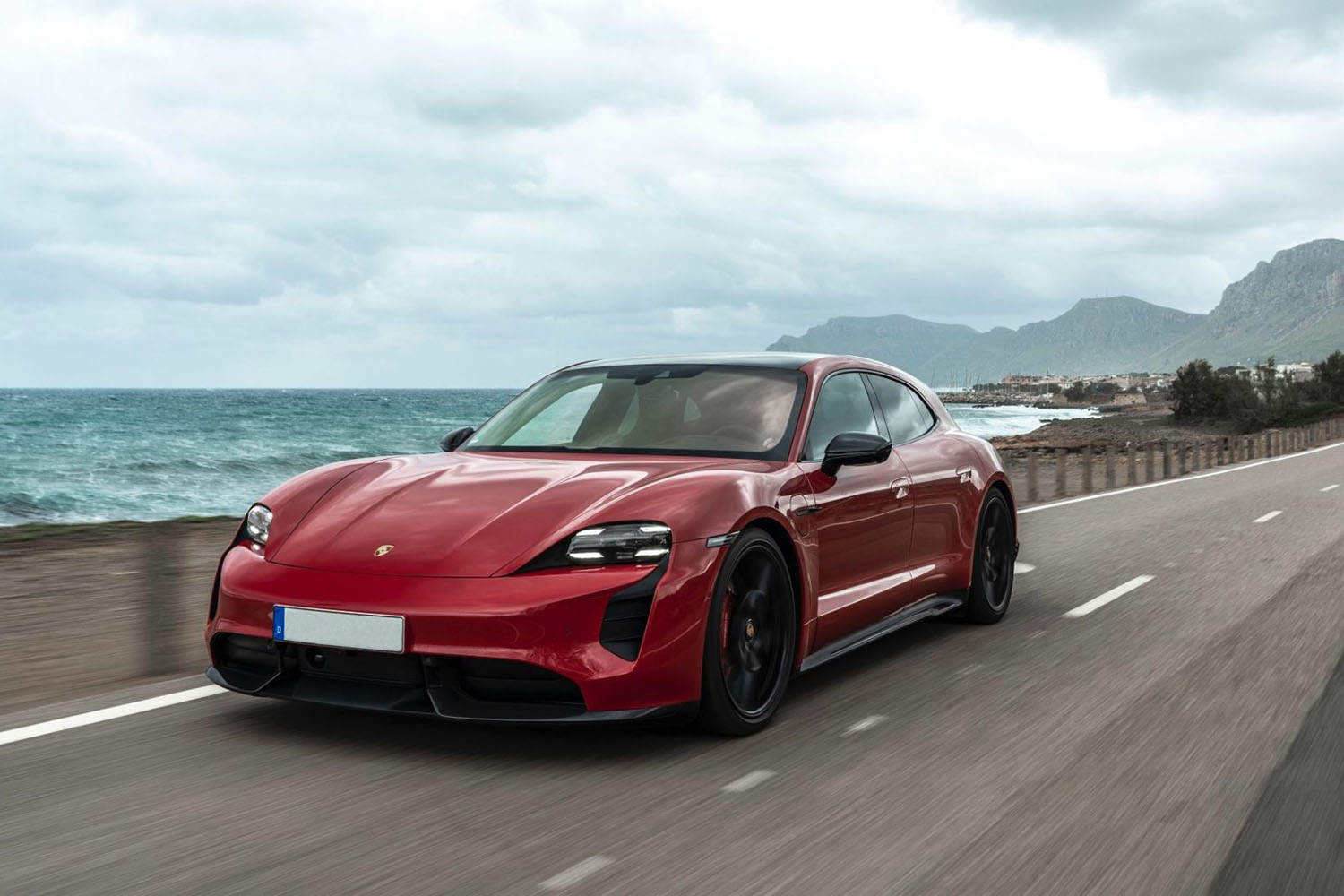 Porsche
Porsche
2020-2022 Porsche Taycan
It will take fewer than 90 seconds for many drivers to discover the Porsche Taycan electric sport sedan has more power and more roadholding than they have courage. Its highest-performing versions, called the Turbo and Turbo S (they lack turbochargers, but Porsche sticks with its naming conventions) are
Like most Porsches built over the past 70 years, the Taycan is poised to become a prized collectible. A solid choice would be the Cross Turismo version, a low, sleek hatchback known to car aficionados as a “shooting brake.” It has slightly more load capacity than the sedan, and is undeniably rarer, given American buyers' aversion to anything that smacks of a wagon. The dream Taycan: a Turbo S Cross Turismo, starts at more than $191,000. Start saving your pennies.
Written by humans.
Edited by humans.
 John Voelcker
John VoelckerJohn Voelcker is a reporter and analyst covering electric vehicles, auto technology, and energy policy. He has written or edited more than 12,000 articles on low- and zero-emission vehicles and the energy ecosystem around them. His work has appeared in print, online, and radio outlets, and he is frequently quoted as a subject-matter expert. He splits his time between the Catskill Mountains and New York City, and still one day hopes to become an international man of mystery.
Related articles
View more related articles